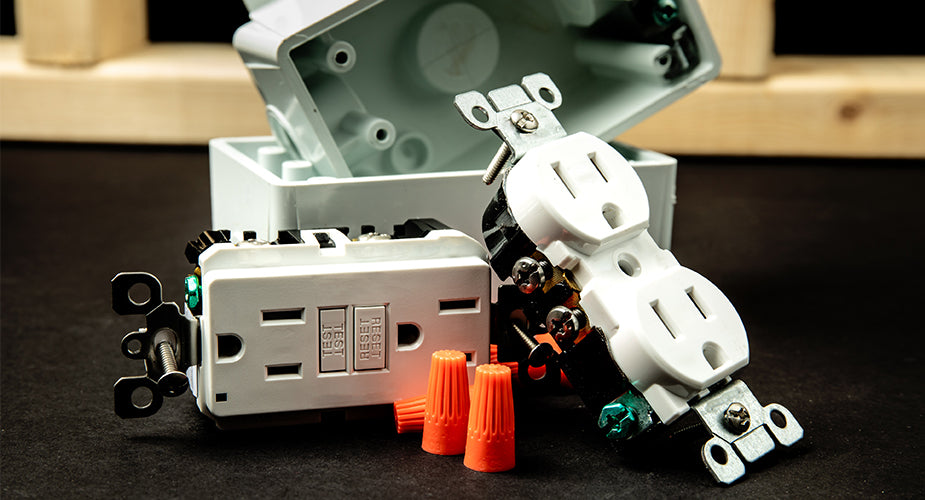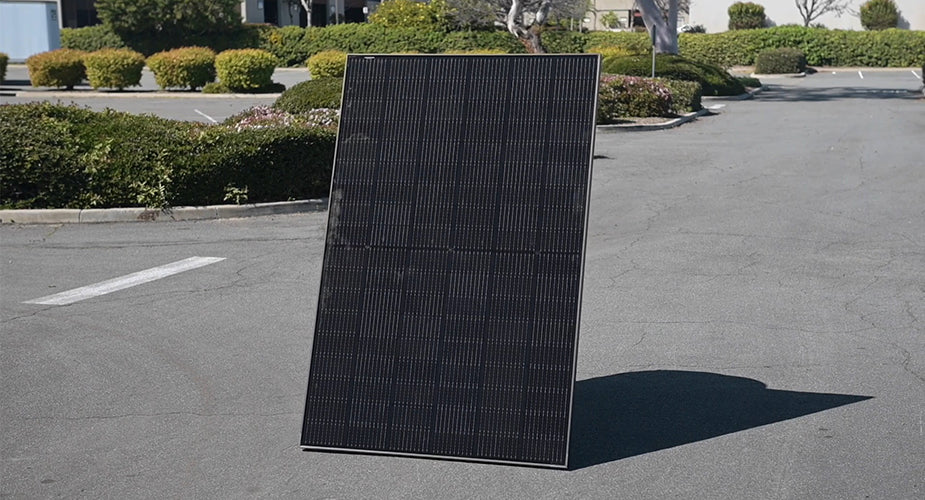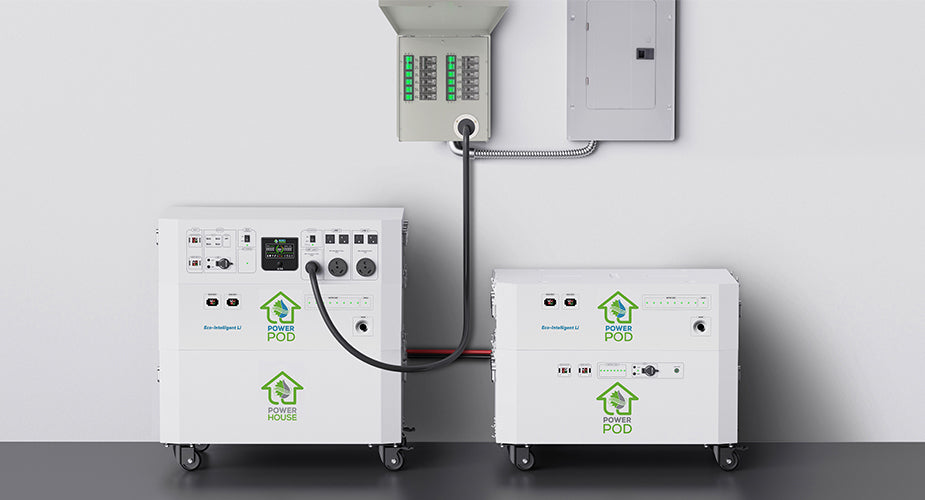Ensuring safety in home electrical systems should always be a top priority. Ground Fault Circuit Interrupter (GFCI) outlets play a crucial role as frontline defenders against potential electrical hazards. However, understanding GFCI outlets can be confusing for many homeowners. This guide aims to clarify GFCI wiring, particularly the difference between line and load connections and their role in upholding electrical safety within your home.
Why GFCI Outlets Matter
These specialized outlets are designed to prevent electric shocks by quickly cutting off power if they detect a ground fault such as current leakage due to water contact or faulty appliances. They play a very important role in areas like kitchens, bathrooms, and outdoor spaces where water and electricity may be in contact with each other. In the US, the National Electrical Code (NEC) mandates the installation of GFCI protection in these locations to enhance electrical safety and prevent electric shocks.
These outlets comprise several components, including a faceplate for protection and test/reset buttons for manual testing and restoration of power post-tripping. Line terminals connect incoming power from the electrical panel, while load terminals extend protection to downstream outlets and devices.
Some GFCI outlets include status indicator lights for visual feedback on operational status that shows proper function or ground fault detection. Internally, circuitry and sensors monitor electricity flow and detect ground faults, prompting circuit interruption to prevent hazards.
Line vs. Load: What's the Difference?
If you are new to working with GFCI outlets, you might be wondering about the difference between the line and load terminals. Simply put, the line terminals are where the power comes into your electrical box. This provides power to the GFCI outlet itself. On the other hand, the load terminals are for extending protection to regular outlets downstream.
Line Connection
The line connection is coming directly from the main electrical panel which is where the electrical power originates. It provides the energy needed to run appliances, lights, and other devices throughout your home.
This initial connection ensures that the GFCI outlet has the energy it needs to function effectively. Similarly, without a proper line connection, the GFCI outlet won't be able to provide the electrical protection it's designed for. So, when wiring your GFCI outlet, always pay close attention to establishing a strong line connection to maintain the integrity of your electrical setup.
Load Connection
After traveling through the GFCI outlet, the flow of electrical power doesn't simply stop; it carries on its journey downstream to energize other outlets or devices on the same circuit. The continuous flow of electricity highlights the importance of the load connection because it extends the protective barrier of the GFCI outlet to these downstream connections.
In the case of a GFCI outlet, the "downstream" refers to any outlets or devices that come after the GFCI outlet in the electrical circuit. You only need one GFCI for multiple outlets on the same circuit if you are going to use the load terminal. But, keep in mind that if one of these outlets has a problem, the GFCI might shut off, cutting power to all the outlets. Also, the GFCI only protects outlets downstream from it, not ones before it in the circuit.

Installing GFCI Outlets
When it comes to installing a ground-fault circuit-interrupter outlet you will see the two different sets of terminals, which as mentioned before, are the line and load terminals. The outlet will only provide GCFI protection for itself if you only connect it to the line terminal. But if you connect to both terminals, the outlet will protect itself and the other downstream outlets on the same circuit.
Step 1: Before beginning any electrical work, ensure safety by turning off the power to the circuit at the breaker box. If you're uncertain or uncomfortable with the process, it's advisable to seek assistance from a qualified professional electrician.
Step 2: If replacing an existing outlet, carefully remove it from the electrical box using a screwdriver. Gently pull the outlet out to access the wires without touching them.
Step 3: Turn the power back on temporarily and use a voltage tester, preferably a non-contact one, to identify the line wires. Typically, the wires include a black (hot) wire and a white (neutral) wire. The line wire should register a voltage reading on the tester while the load wire should not. Once you've identified the line and load wire, turn off the power again
Step 4: Use the back holes on the receptacle and connect the black line wire to the brass-colored line terminal and the white line wire to the silver-colored line terminal. Do the same for the load wires. Ensure secure connections by tightening the terminal screws firmly.
Step 5: Carefully tuck the wires into the electrical box and attach the GFCI outlet to the box using screws. Make sure the outlet sits flush with the wall surface and is securely mounted.
Step 6: Once the outlet is installed, turn the power back on at the breaker box and test the GFCI outlet using the test button. Press the test button to ensure that the GFCI trips and cuts off power. Then, press the reset button to restore power.
Home and Safety Upgrades
As you enhance your home's electrical safety with GCFI outlets, consider complementing your efforts with Nature's Generator products that provide reliable backup power during outages or emergencies. Nature's Generator offers a range of products designed to enhance your home's electrical system and sustainability.
The Nature's Generator Powerhouse is a whole-home power backup solution, a robust solar-powered generator that offers exceptional power output and storage capacity. Using GFCI outlets with Nature's Generator Powerhouse to meet your power needs means that you can ensure reliable power generation and protection for your home and family, both on and off the grid.
Conclusion
Understanding GFCI outlet wiring is crucial for maintaining the safety and functionality of your home's electrical system. You protect your home against electrical hazards by knowing the difference between line and load connections and following proper installation procedures.
GFCI outlets swiftly interrupt power to prevent potential shocks or fires when they detect ground faults. You can upgrade your home's electrical safety and efficiency further and ensure an uninterrupted power supply with Nature's Generator Powerhouse systems.
With the right knowledge, tools, and products, you can create a safer and more sustainable living environment for you and your loved ones.





